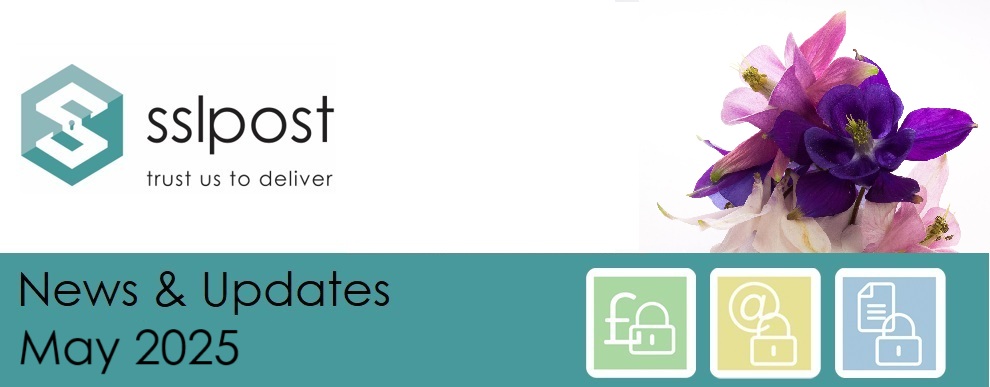What is ELM and how it can lead to a happy, successful workforce
Employee lifecycle management (ELM) is a human resources (HR) approach that tracks and manages the entire journey an employee takes within an organisation, from the initial attraction to their eventual departure. This model breaks down the employee experience into distinct stages, each with it’s own objectives and HR strategies, allowing organisations to optimise engagement, productivity, and retention at every step.
Key Stages of the Employee Lifecycle
While the number and names of stages can vary slightly depending on the model, the most commonly recognised stages include:
- Attraction: Building an employer brand and culture that draws potential candidates to the organisation.
- Recruitment: Actively seeking, evaluating, and hiring the best talent for open roles.
- Onboarding: Integrating new hires into the company, providing training, and helping them acclimatise to their roles and the organisational culture.
- Development: Offering opportunities for skill-building, career growth, and continuous learning to help employees reach their full potential.
- Retention: Implementing strategies to keep employees engaged, satisfied, and motivated to stay with the organisation.
- Separation/Offboarding: Managing the process when an employee leaves, whether through resignation, retirement, or termination, and ensuring a smooth transition.
- Advocacy (where former employees become brand ambassadors) or Happy Leavers (focusing on positive exit experiences).
In our latest blog series, released over the next few months, we discuss all the elements of the ELM process starting with attraction & recruitment including the links between the first stages and the last stages.
SSLPost’s employee engagement solution provides complete employee lifecycle management, in one simple, secure portal. Just call us on 0333 444 3425 or email hello@sslpost.com and we will be happy to run through the options to suit your business.





